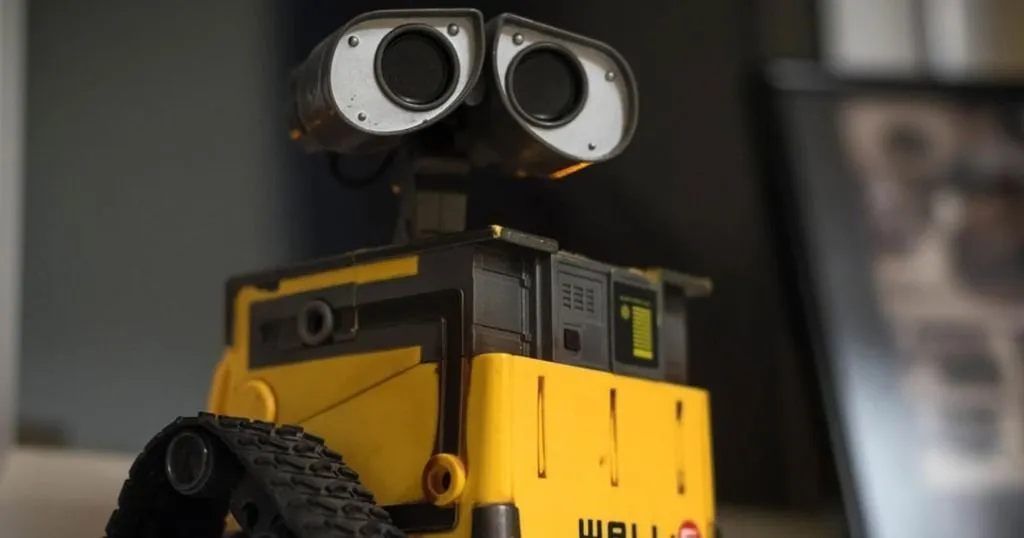3 debriefing steps to evaluate a training session
Debriefing digs into what and why things happened and explores implications for the future. You will gain insights in what to repeat and what to change.
Posted by
Published on
Mon 21 Nov. 2022
Topics
| Debriefing | Skills Training | Teamwork | Video Feedback | Video Recording | Viso |

In one of our webinars, the host kicks off with explaining how we actually learn. For that, he used this philosophic quote: “I hear and I forget; I see and I remember; I do and I understand.” The quote talks about how easy it is to understand and learn something when you put the time into “doing” it. If you simply study from a book, you will never fully understand what it’s all about.
Watch this webinar on demand. Click on Replay Human Behavior Research webinars and on Simulation-based training: Why and how.
Debrief, evaluate, and get feedback
But what if we add a fourth way of learning? I evaluate and I gain insights.
Debriefing digs into why things happened and explores implications for the future. When you debrief your soft-skill training session, role-play scenario, simulation-based training, or any other experience, you will truly understand root causes of your successes and failures.
You will gain insights in what to repeat and what to change. There really is value in doing that - and there’s an art to it too: reflecting and extracting these insights from what we experience is a skill.
Learning how to debrief, evaluate, and get feedback in a positive, constructive way is an asset for individuals, teams, and organizations. Using skillful questioning techniques helps gain insights that make a positive impact.
During debriefing, you explore three things: what happened (the What), why it happened (the So What) and what should happen in the future (the Now What).
1. The What: describe the event
The goal of the first step is to collect data of what actually happened during the training session, scenario, or experience. Draw out as much information as possible to get the discussion off to a good start. Assuming that more than one person is involved, there are various perspectives. Gather all the different perspectives, for instance on notepads. Do not overlook details, but stay focused on the facts.
Be sure to set a trusting tone in the debrief environment so that people do not feel intimidated and can respectfully voice what happened.
Example questions for this first step:
- What happened?
- What took place during the session?
- What did you notice?
Using video images helps to identify important events that occurred during the training session or scenario and the personal experiences of the participants can be supported. The perfect tool to provide effective video feedback is Viso.
Viso can record and play back sessions in an easy to use way. Both after and during the recording of the video, markers and comments can be placed at moments that are of interest and important for the learning process, with the simple press of a button.
FREE DEMO VISO: Capture skills training sessions
Request a free demonstration to find out why AV recording tool Viso is the right tool for your educational instutution!
- Easy-to-use solution
- Train and educate, enhance teamwork
- Immediate playback of recordings
2. The So What: uncover reactions and feelings
In the second step of the debriefing, the focus is on the impact of the experience. In other words, you move on to the interpretation of the events that happened. You replay and evaluate.
Example questions in the second step are:
- Why do you think this and that happened?
- How did you feel about it? How did others feel about it?
- What did you learn/relearn?
These questions relate the activity back to the pre-defined goals, and add meaning to it. You can “unpack” the more subtle levels of what took place, which often results in “Aha” moments.
This is the step where the real learning takes place, because of the feedback participants get. Receiving real and honest feedback can be considered as a main source of learning. It can boost the motivation to improve. Discussing the improvements is the third and last step of debriefing.
Also view: 10 reasons why AV tool Viso is beneficial for video feedback [INFOGRAPHIC]
3. The Now What: identify the course of action or new solutions
After the participants have interpreted the events, it is time to move forward and discuss future behaviors and goals. The participants need to think ahead and apply what they have learned by making a bridge from what just happened during the session to future experiences.
Example questions in the third step are:
- What should you start, stop, or continue doing?
- What do you need for this? How can you apply this?
- What hidden opportunities has this event uncovered?
The simplest first step to take now is not to make the same mistakes again. That is the first and easiest gain. Furthermore, you can determine realistic and reachable actions, tasks, and deadlines to apply what you have learned.
References
Related Posts

How to train students in soft skills: Tools and Techniques

Classroom observations including facial expression analysis
